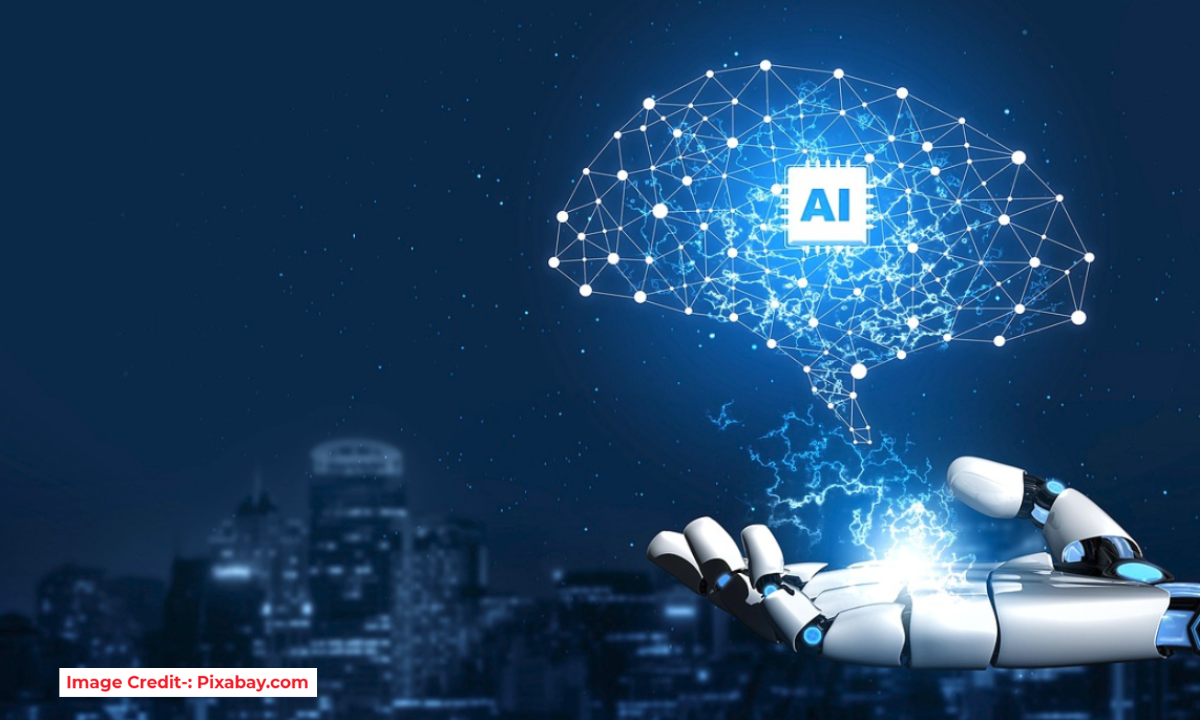
Neural CAD represents a shift from traditional, rule-based CAD systems to a more intuitive, AI-driven approach. The core difference lies in its foundation: unlike general-purpose AI models, Neural CAD models are trained on vast amounts of professional 3D design data, synthetic examples, and customer files. This allows them to reason not just about simple shapes, but also about complex systems, industrial processes, and typical human design patterns.
The table below summarizes the key distinctions:
| Feature | Traditional CAD | Neural CAD |
|---|---|---|
| Core Approach | Rule-based, parametric modeling | AI-based, data-driven generation |
| Primary Input | Manual sketching and command input | Text, sketches, images, or speech |
| Model Creation | Manual, step-by-step construction | Automated generation from high-level intent |
| Key Strength | Precise, controllable geometry | Understanding design context and automating repetitive tasks |
Based on the analysis of Autodesk’s recent announcements, Neural CAD represents a credible and significant future for design, though it is still in its early stages. It is more than just hype, marking a fundamental shift from traditional CAD systems. However, its long-term impact will depend on successful real-world implementation.
The table below contrasts the core paradigms of traditional CAD with the new approach of Neural CAD.
| Feature | Traditional CAD | Neural CAD (Autodesk’s Vision) |
|---|---|---|
| Core Technology | Parametric, history-based modeling | AI foundation models trained on design data and geometry |
| User Input | Menus, tools, mouse commands | Multi-modal: text, speech, sketches, images |
| Primary Function | Execute user commands precisely | Reason about design intent and auto-generate options |
| Output | User-created geometry | Editable, “first-class” CAD geometry with feature history |
| Workflow | Linear, detail-oriented | Exploratory, transitioning between conceptual and detailed design |
🚀 What Makes Neural CAD a Potential “Future”?
Autodesk is developing specific Neural CAD models to address different industries, moving beyond simple automation to a more intelligent design partnership.
-
For Product Design (in Fusion): “Neural CAD for geometry” allows designers to generate functional, editable CAD models from text prompts or sketches. The AI can also act as an “auto-complete” tool, suggesting how to continue a design based on existing geometry. Crucially, it generates the model with the full history of features, allowing engineers to edit the result as if they had built it themselves.
-
For Architecture (in Forma): “Neural CAD for buildings” understands spatial and structural relationships. It can automatically generate floor plan layouts, columns, and grid lines. If the building’s shape changes, the AI can instantly recalculate all internal elements while respecting constraints set by the architect.
A key future advantage is the potential for customization. Autodesk plans to allow companies to fine-tune these AI models using their proprietary data and processes, creating a unique competitive advantage.
⚠️ Reasons for Caution: The “Hype” Factor
Despite the exciting potential, there are valid reasons to maintain a healthy skepticism.
-
The 80-90% Automation Claim: Autodesk has suggested that Neural CAD could automate a vast portion of routine design tasks. Industry experts debate whether this is realistic, arguing that design involves meaning, cultural context, and liability, which may be beyond the scope of AI.
-
The “Wait-and-See” Prototype Stage: While Autodesk showed live demos at AU 2025, the technology is still in pre-beta. The company has been cautious, stating the commercial availability is “coming soon” without a definitive date. The transition from an impressive demo to a stable, day-to-day production tool is a significant hurdle.
-
Data and Practicality Challenges: Training these models is difficult because, unlike images and text, there is no vast “internet of CAD data.” Autodesk uses a mix of synthetic data, commissioned “gold standard” models, and customer data, which can be imperfect.
🔍 How to Gauge Its Real-World Impact
To move beyond the hype, watch for these developments:
-
Look for the Beta: The most critical step is the release of a functional beta version to users outside Autodesk. Widespread testing will reveal the true capabilities and limitations.
-
Evaluate Workflow Integration: Judge its success not by flashy one-off models, but by how seamlessly it integrates into a complete, practical workflow from concept to manufacturing or construction.
-
Listen to Early Adopters: As first-hand experiences from architects and designers emerge, a clearer picture will form of whether it saves five minutes or fundamentally changes the design process.
In conclusion, Neural CAD is a serious and ambitious technological evolution. It is best viewed not as an imminent replacement for designers, but as a powerful tool to augment human creativity and intuition by handling repetitive tasks and generating novel options.
“Thank you for reading! If you found this article insightful and valuable, consider sharing it with your friends and followers on social media. Your share can help others discover this content too. Let’s spread knowledge together. Your support is greatly appreciated!”

